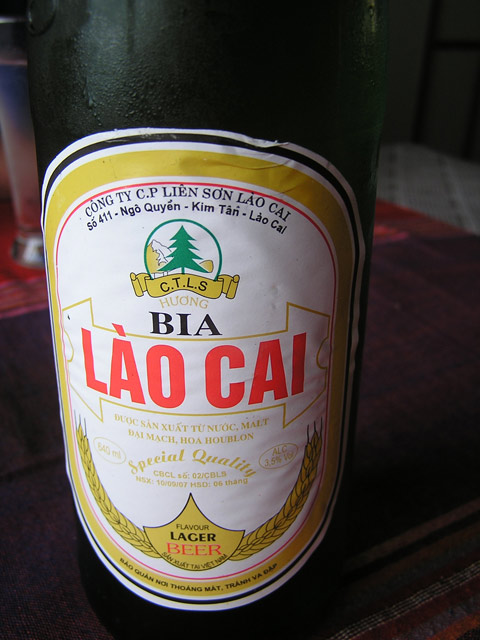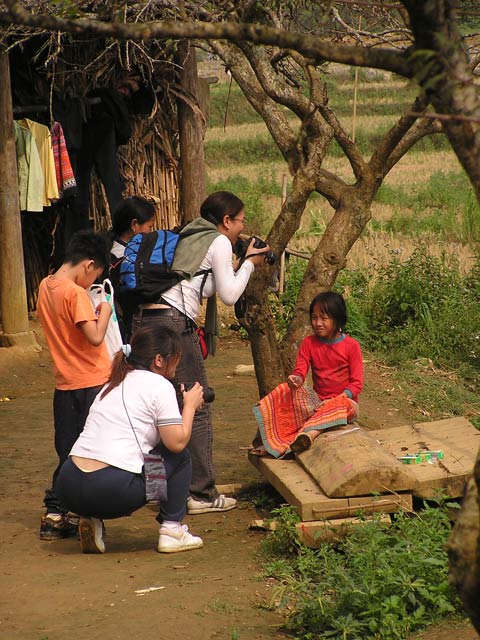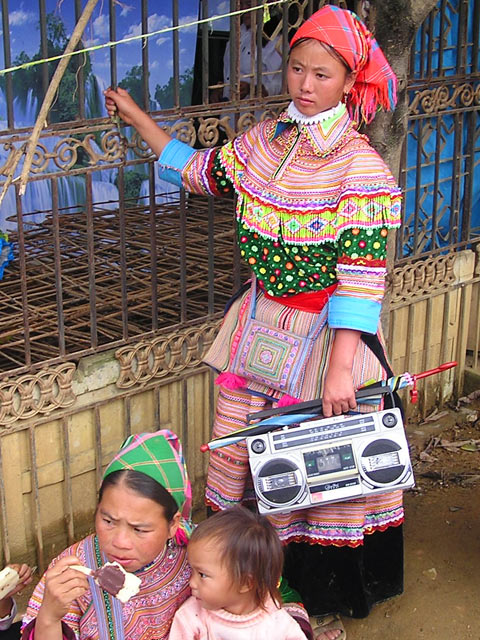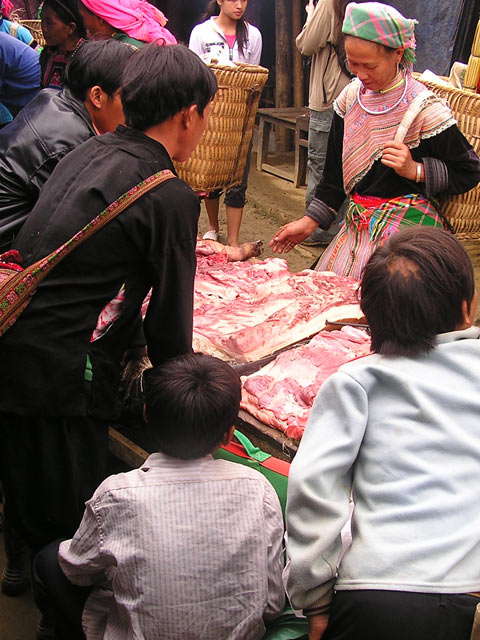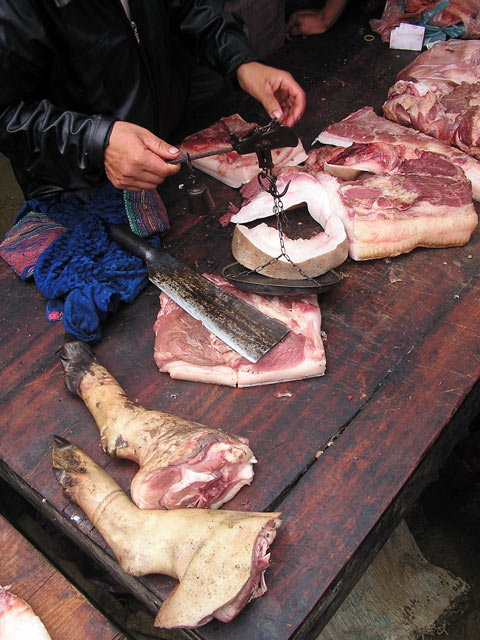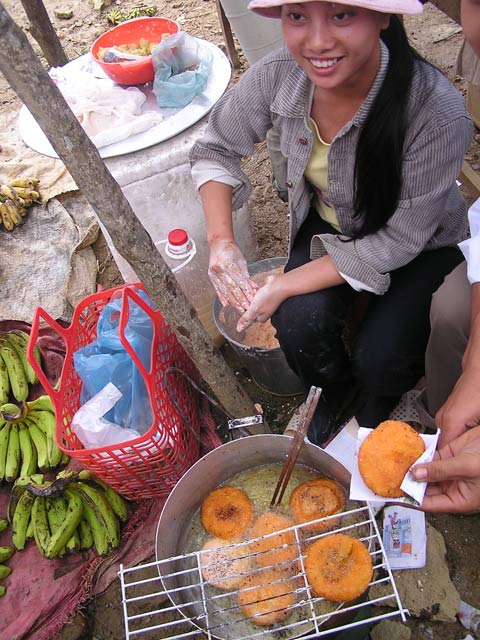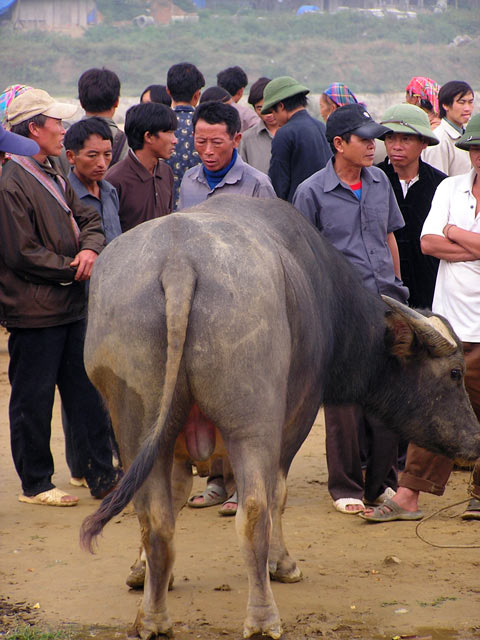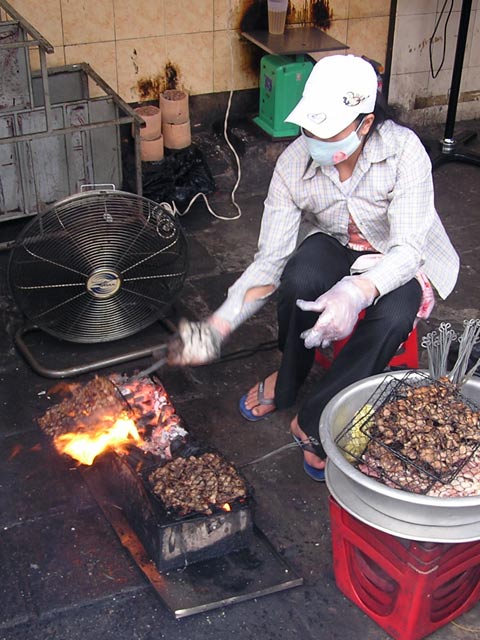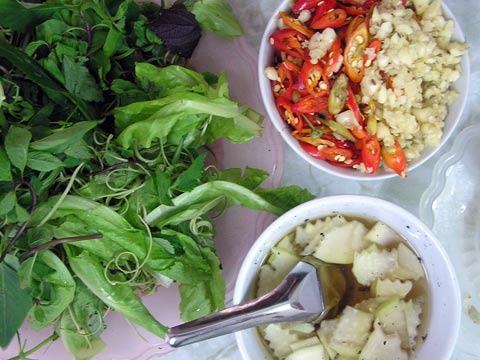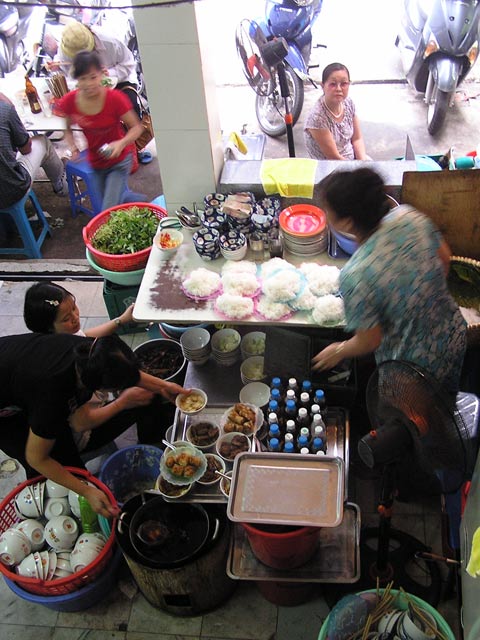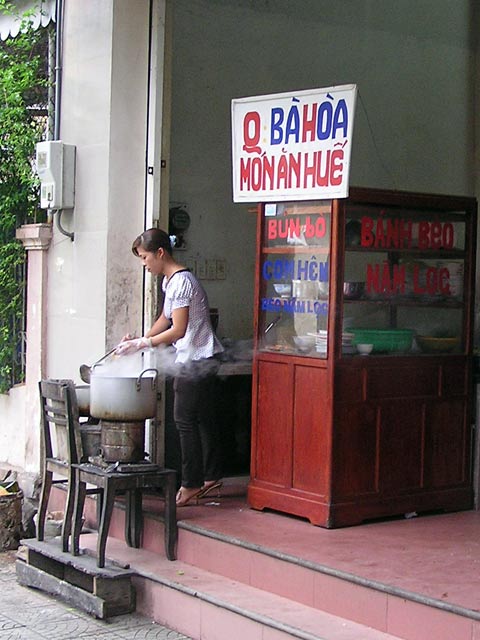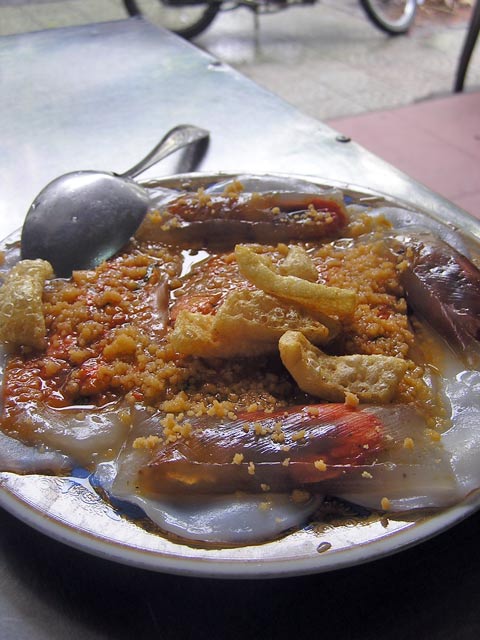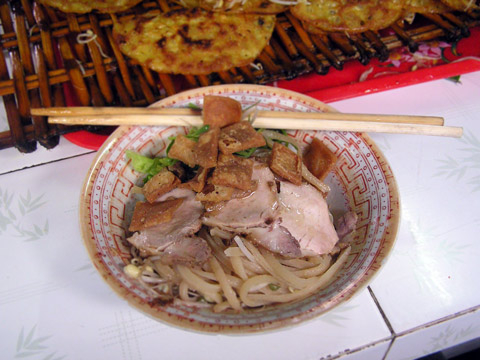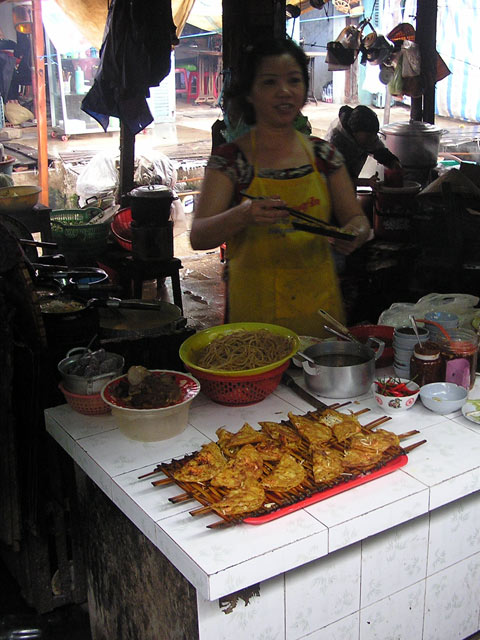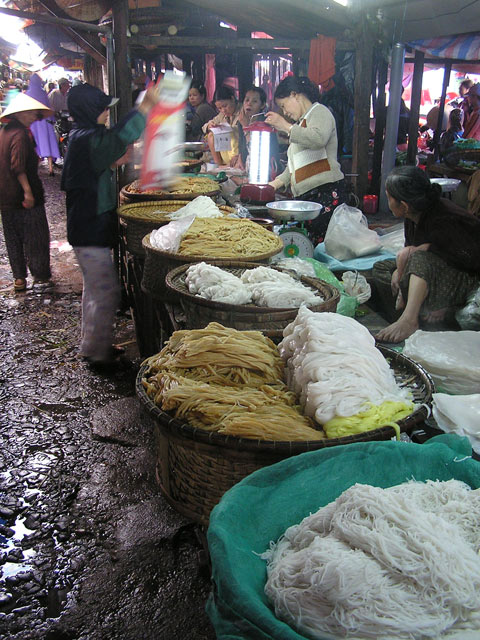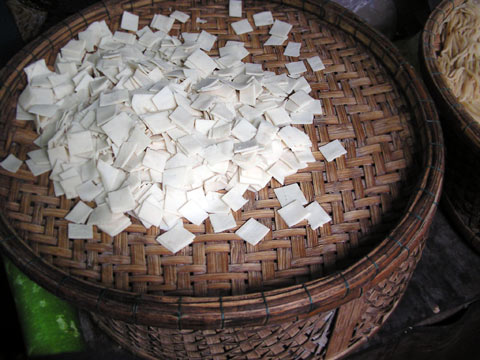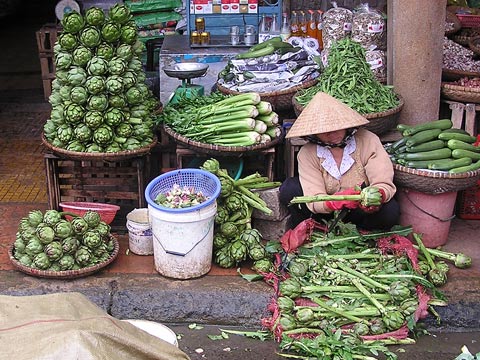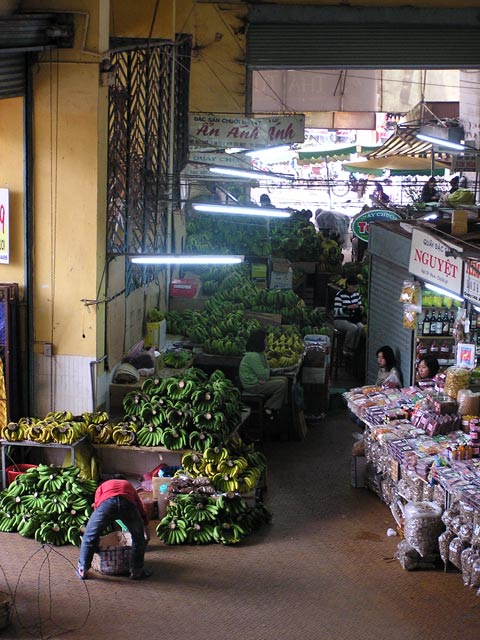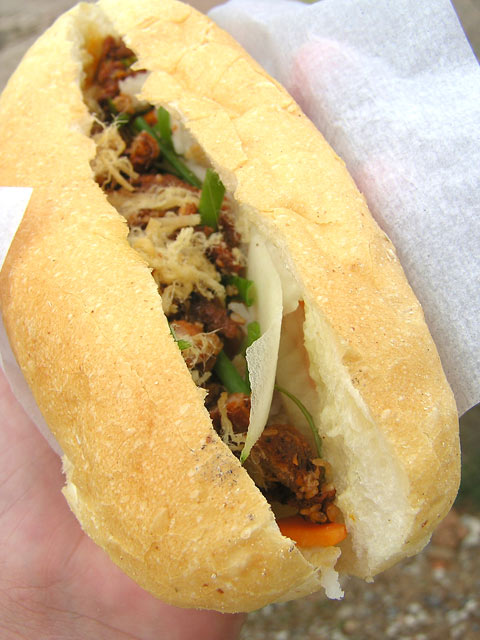The bugbear of all brewers is consistency. While most of Southeast Asia’s lagers are dull, watery and forgettable, they can’t be faulted on their brewing process. Every beer comes from the factory with a taste that is of invariable quality. For all the poor base ingredients and surplus of rice malt, Asia’s biggest breweries manage to churn out the same product ad infinitum. When you pop open your can of Anchor or Tiger or Singha, it will taste the same as the last one. Not remarkable but infinitely dependable.
Lao Cai Lager however manages to not place a heavy emphasis on regularity. The first bottle came out as the expected crisp bland lager. The second tasted like someone had dropped a sizeable chunk of rock candy into the bottle. The third was skunky and strange, possibly left out in the blazing sun for a few weeks. I didn’t make it to a fourth as things seemed to be progressing in a bad direction.
My theory is that there is no Lao Cai Brewery. Lao Cai, situated a few kilometres from the Chinese border, would make a great staging post for Chinese beer smuggling runs. The enterprising ale pirates then rebottle their contraband booty under their indigenous label as not to attract attention from the Vietnamese authorities. The perfectly unpredictable beer crime.
Alcohol by volume: 3.5%
Location: Lao Cai, Northern Vietnam.
